Another great week on my end. I’ve been continuing to climb every other day and have been feeling pretty strong lately- I’m back up to being able to do 15 pull ups and am feeling much more confident on the campus board. I began lead climbing this past week also, which feels amazing! I have really missed being able to competently sport climb since my leg, and of course, all of my time in the Red River Gorge. Speaking of Kentucky, Miguel’s Pizza (my place of residence from April-November) is back open for the season! While there’s apparently still snow on the ground there, I’m feeling very anxious to get my cast off and head back there. There are so many people I’m desperate to reconnect with and so many routes that I left over the winter for me to come back stronger this season. I’m pretty optimistic that all of this essentially arms only climbing and training will translate really well when I finally have my leg back in order. I’m feeling much more powerful, which was exactly what I needed to work on over the winter. Other than that, I have been continuing to enjoy my new job and am in the process of making a big life decision… Come Monday I will be re-enrolled for academia!
Here’s another picture of some cold weather climbing in Kentucky!

Allium sativum, commonly known as garlic, is a member of the onion genus (Allium) with relatives including leeks, shallots and onions. It has been used world-wide for just about everything; from asthma to toothaches and baldness to cancer. While some of its historical uses are questionable (e.g. vampire repellent), many of the claimed health benefits are actually gaining recognition in modern nutritional research. Garlic’s story was first thought to start around 300 BC, when Charak, the father of Aryurvedic medicine, reported garlics ability to improve heart health. Similar recognitions also arose in Egypt around 3500 years ago, which lead to the plant being stored in the tombs of pharaohs and given to slaves to allow them to have the endurance to build our ancient pyramids. Ancient Greek and Roman athletes and soldiers ate garlic for strength and, eventually, garlics use therapeutically was ingrained in many cultures. On top of being today’s most popular herbal remedy, garlic is a beloved plant in the kitchen of many cultures, being a fundamental component of most Asian, North African, Southern European and South and Central American dishes. So, how do these historical health benefits hold up to the analysis of modern science and how can we prepare garlic meals that provide maximal health benefits?
Garlic is a top-notch super food!
While garlic is an excellent source of minerals and vitamins, including B vitamins, vitamin C, phosphorous, copper, calcium and selenium, most of the exciting health benefits are derived from its sulfur compounds (allicin, alliin and ajoene). The best studied of these is allicin, a strong smelling and unstable sulphide that is produced by the garlic enzyme allinase from allin. Allicin has been demonstrated to be a potent antiplatelet, anti-inflammatory, anti-oxidant, antimicrobial, antiviral and anti-fungal chemical (e.g. demonstrated efficacy against candida). With these biological capacities in mind, higher consumption of garlic is associated with reduced physical and mental stress, reduced risks of cancer (via inhibition of cell proliferation and metastasis), lower blood pressure and cholesterol, improved antioxidant activity, improved insulin sensitivity and blood glucose, lower risks of infection, improved immune response and a lower risk of heart disease. These outstanding health benefits are even greater in aged garlic extracts (e.g. better immune supporting properties), produced by long-term extraction from garlic in alcohol. For example, animal studies reported a statistically significant reduction in atheromatous lesions, particularly in the aorta, that averaged approximately 50%. In humans, aged garlic extract has been shown to reduce the progression of heart disease and have been deemed safe in preclinical studies. While many people opt to supplement, either for a higher potency or for a distaste of the pungency and odor of garlic, people who are on anticoagulants or are scheduled for surgery should be very cautious since garlic supplements are very effect blood thinners and can increase bleeding times. Furthermore, high doses of garlic can complicate diabetes and cause intestinal damage in some cases. By adding about 2-5g of fresh garlic daily, you can negate these risks and still obtain this vegetables health benefits.
How should you store and prepare garlic?
To get the most bang for your buck in terms of health and flavor, opt for fresh garlic, which should be stored in a cool and dark place (refrigeration or freezing is unnecessary and may be detrimental) to maintain its freshness and prevent it from sprouting. Whole bulbs will stay fresh for about a month, but once you break a bulb, its shelf life is shortened to just days, so be sure to use it quickly. When it comes to actually using garlic, the first step is to separate the individual cloves (easily done with the palm of your hand), followed by peeling the skin and removing any sprouts. Chopping or crushing the root successfully stimulates garlic to release allinase, which converts alliin to the biologically active allicin. After this step, wait at least 5 minutes before eating, cooking or adding anything acidic (e.g. lemon juice) to garlic to prevent the deactivation of allinase (i.e. less allicin).Cooking uncrushed garlic in a whole clove form results in less allicin, so try to crush or chop the cloves instead in your recipes. Lastly, be sure not to cook garlic for too long or with too much heat as it will reduce the amount of allicin in your final dish and will also make the garlic go bitter. In any case, fresh garlic may be the most realistic way to get the most allicin because cooking garlic for more than 15 minutes at temperatures over 250F will reduce its allicin content. After you make your meal, be sure to eat it within 2 days, which is the duration that allicin will stay viable in food.
The flavor of garlic varies depending on how you prepare and cook it and is a classic in many dishes including onions, tomatoes and ginger. My boyfriend, James, has an amazing garlicy guacamole that impressed me early on. The following recipes include his as well as a few of my favorites that highlight this pungent vegetable!
Garlic Guacamole
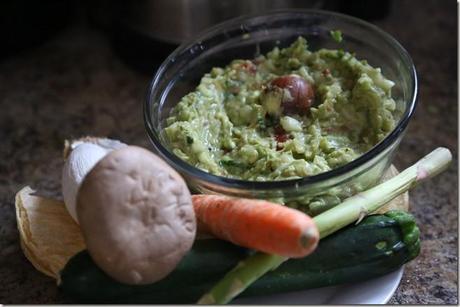
3-4 large cloves of crushed garlic
2 ripe avocados
1 large ripe tomato
1 small onion
2-3 small Cilantro bunches
1.5 tsp. cumin
2 fresh chili peppers (or hot sauce but fresh peppers are preferable)
Juice of 1-2 limes
Salt and pepper to taste
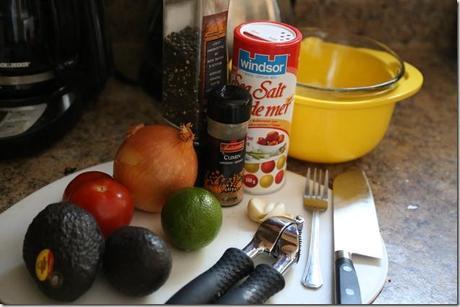
1) Crush garlic and leave it to the side of the cutting board. Finely dice onion, chilli’s (leave the seeds in if you like it HOT) and tomato together, be sure to combine them on the board to “let the flavors get happy together” (says James). Roll and chop your cilantro into tiny bits and then lightly salt the contents of the board. Scrape everything on the board into a bowl and continue to step two!
Feel free to make a vegetable face on your cutting board while your letting your garlic sit!
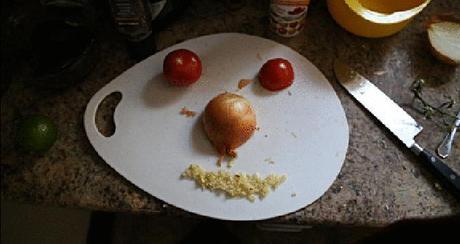
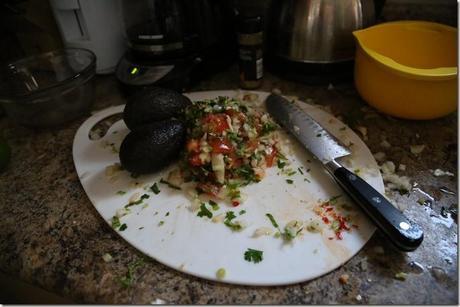
2) Peel and pit the avocados into the bowl and cover with half of the lime juice. Mash everything up (mashing technique is up to you but we like to use a fork) but leave it chunky (don’t go overboard by turning it into a puree!).
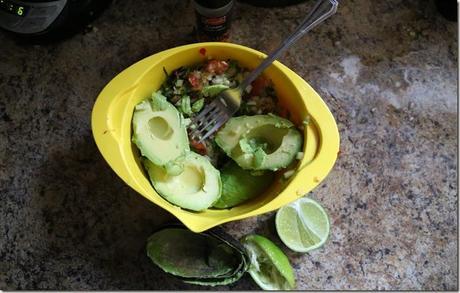
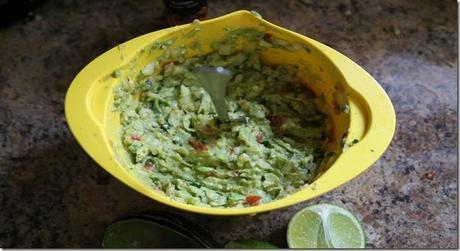
3) Final step; stir in your cumin as well as salt and pepper to taste for a guacamole that will knock your socks off! Serves well with just about anything! (E.g. with veggies or chips, on toast, in a burrito, in a rice dish, etc.) Enjoy

Mock Garlic Mashed ‘Potatoes’ –an ingenious and lower calorie take on the traditionally high calorie dish, made with cauliflower instead of potatoes :). Opt for coconut or olive oil for an even healthier and vegan alternative.
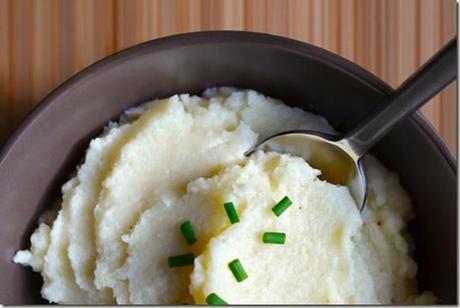
Garlic Hummus- one of my favorite dishes, packed with nutrients and plant-based protein and is excellent for dipping vegetables in. If you’re like me and like a little bit of spice, the addition of hot peppers will perfect this dish!

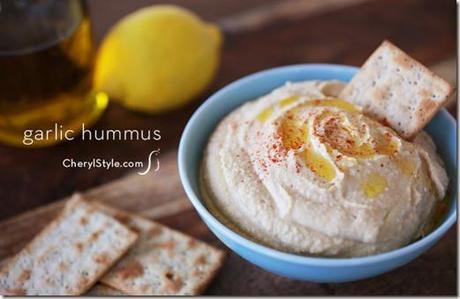
Spaghetti Squash Pad Thai- Anyone who eats with me frequently can attest that I’m a HUGE fan of spaghetti squash pad Thai. Spicy peanut sauce is unbelievably easy, packed with flavor and successfully incorporates garlic at its finest.
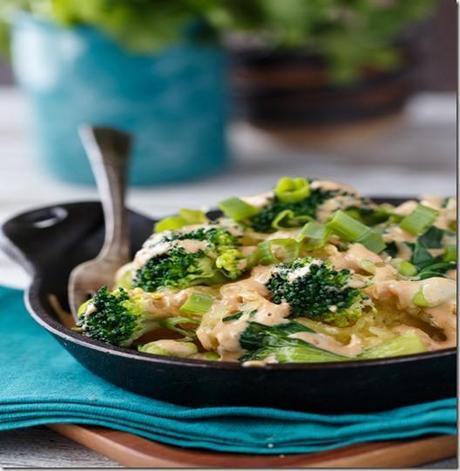
Khatu T, Adela R, Banerjee S. (2013) Garlic and cardioprotection: insights into the molecular mechanisms. Can J Physiol Pharmacol. 91(6):448-58.
Li L et. Al. (2013) Garlic in Clinical Practice: An Evidence-Based Overview. Critical Rev Food Scie Nutr, 53:7, 670-681.
Mikaili P et. Al. (2013) Therapeutic Uses and Pharmacological Properties of Garlic, Shallot, and Their Biologically Active Compounds. Iran J Basic Med Sci.16(10):1031-1048.
